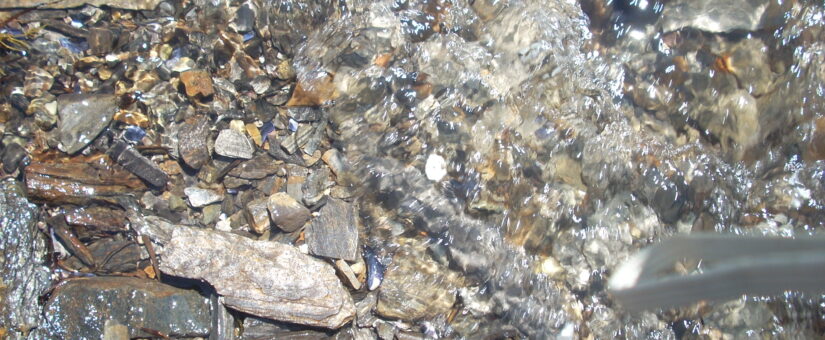
Memory is Memorable: Coaching and Remembering
In less poetic terms, we can report that neither of these gentlemen were able to make sense of their world: they retained only details and were unable to establish any frameworks in which to place the multitude of experiences that were “inundating” them every day. With only a swirling mess of details in their head, neither man was able to plan, solve problems or make decisions. They were both poorly adapted messes and could only engage in simple, mechanistic tasks (such as producing shoes by hand). Their personal life was profoundly constrained: simple routines and no surprises!
There were some remarkable techniques of memory that both mnemonists (and other mnemonists) did report that could be of assistance to us poor souls with limited memory. Luria’s mnemonist revealed that he made extensive use of identic imagery. When given a list of times to learn, he envisioned walking down a street and placing each of these items in store window. When he returned to this street at some later point, the mnemonist would simply walk down the street and view what he had previously placed in each window. Those of us with much more limited capacity to remember specific things (such as gifts given at Christmas or a list of items to purchase at the grocery store) might similarly place each of the items in a store window.
Other memory devices include placing the items to be remembered in a rhyme or in a song (much as is done in the use of rhyming and singing commercials). Visual images are also used to assist memory retention. Poignantly, memories are best retained through smell. We retrieve abundant memories (often quite vivid and detailed) when smelling something associated with an event from earlier in our life. Perhaps it is the smell of freshly baked chocolate chip cookies or a seafood chowder. We know that many “comfort foods” come with strong, pleasant smells. The “comfort” is often derived not from the food itself. Rather it is derived from the memories elicited by the smell emanating from the food when it is cooking or when it is served. The one feature that is to be found in each of these memory devices is its engagement through some sensory mode. Abstract thoughts never “hold a candle” (another visual and sensory image) to what we retain that is visual or auditory—better yet it is retained as smell (or even touch.
The Neural Base of Memory
The retention of memories from our life has always been a source of great interest on the part of philosophers as well as biologists and, more recently, psychologists. Now, with the ongoing revolution of the neural sciences, we are learning much more about how memories are formed, retained, forgotten and revised. Here is a brief summary of what we now know—or at least are considering—based on research done by biologists, psychologists and neuroscientists.
Neural-Based Memory Formation
If we move past vision, hearing and smell to the deeper dynamics that serve our memories, then we are likely to bump into the neural cell assemblies that enable us to organize and structure our neural processing. The noted neurobiologist, Donald Hebb wrote about these cell assemblies and the way in which specific cells begin to link closely with other cells. His noted phrase is “cells that fire together, wire together.”
- Posted by William Bergquist
- On February 16, 2023
- 0 Comment


Leave Reply